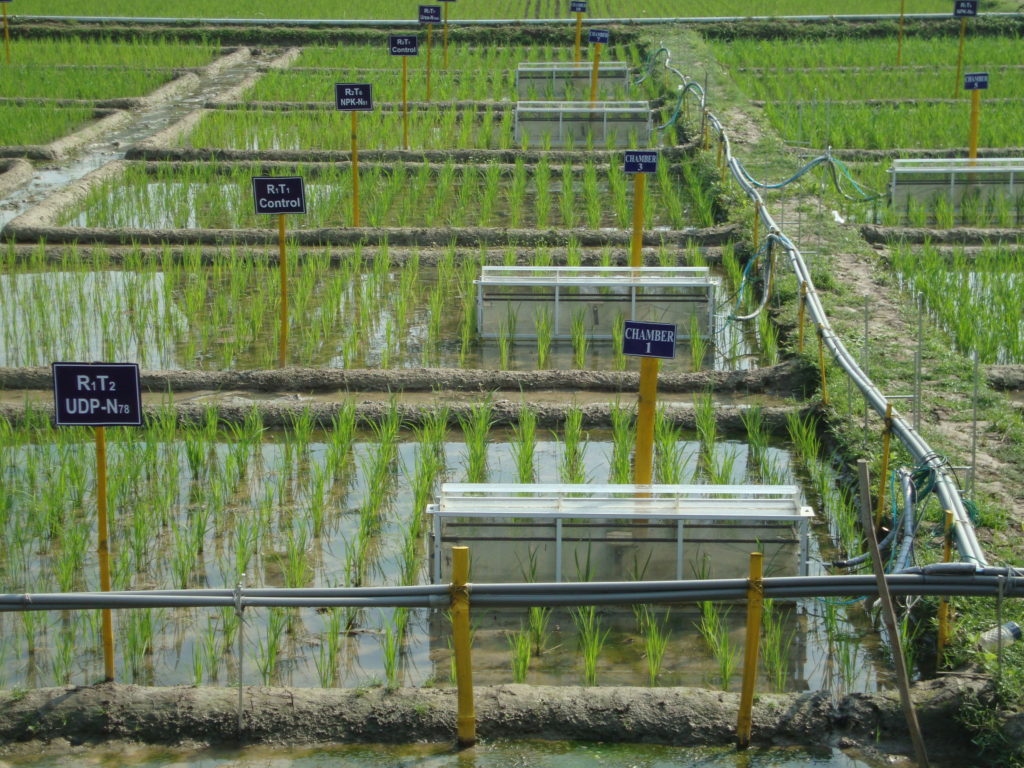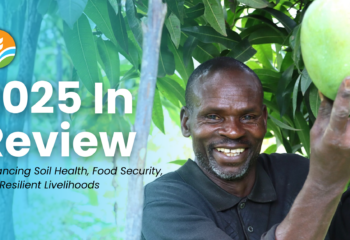
S. M. Islam, Y. K. Gaihre, M. R. Islam, M. Akter, A. A. Mahmud, U. Singh, and B. O. Sander, “Effects of water management on greenhouse gas emissions from farmers’ rice fields in Bangladesh,” Science of The Total Environment, vol. 734, p. 139382, Sep. 2020. https://www.sciencedirect.com/science/article/pii/S0048969720328990
Adoption of water-saving alternate wetting and drying (AWD) irrigation is increasing across rice-growing countries. This development is a positive step to reduce methane (CH4) emissions from rice fields. Rice cultivation produces a significant amount of methane, which is more powerful than carbon dioxide in increasing atmospheric temperature. AWD irrigation is now considered a sustainable approach to achieve the dual benefits of conserving water and mitigating greenhouse gas (GHG) emissions without any yield penalty.
Bangladesh, where about 80% of cultivated land is occupied by rice, may produce a huge amount of GHGs. However, due to lack of baseline emission data, particularly from farmers’ fields, the mitigation potential of AWD technology could not be estimated. Country reports GHG inventory based on default emission factor suggested by IPCC.
A new study by researchers from the International Fertilizer Development Center (IFDC), the Bangladesh Rice Research Institute (BRRI), and the International Rice Research Institute (IRRI) determined the baseline emission factor for rice and the scaling factor for AWD irrigation. The finding reveals that although AWD increases emissions of nitrous oxide, a GHG that is 265 times more impactful than carbon dioxide in warming the atmosphere, this increase could be offset by reduced methane emissions. Compared to farmers’ practice, one third of GHGs could be reduced by adopting AWD irrigation. These results could be helpful to policymakers to estimate the total GHG emissions from rice fields in Bangladesh and target a mitigation potential. However, authors suggest that although AWD could mitigate GHG emissions at different scales across different agro-ecologies and management practices, measurement should continue with other agro-ecologies to cover variability across soil types, agro-climate, and management practices.
Read the full article in ScienceDirect.




